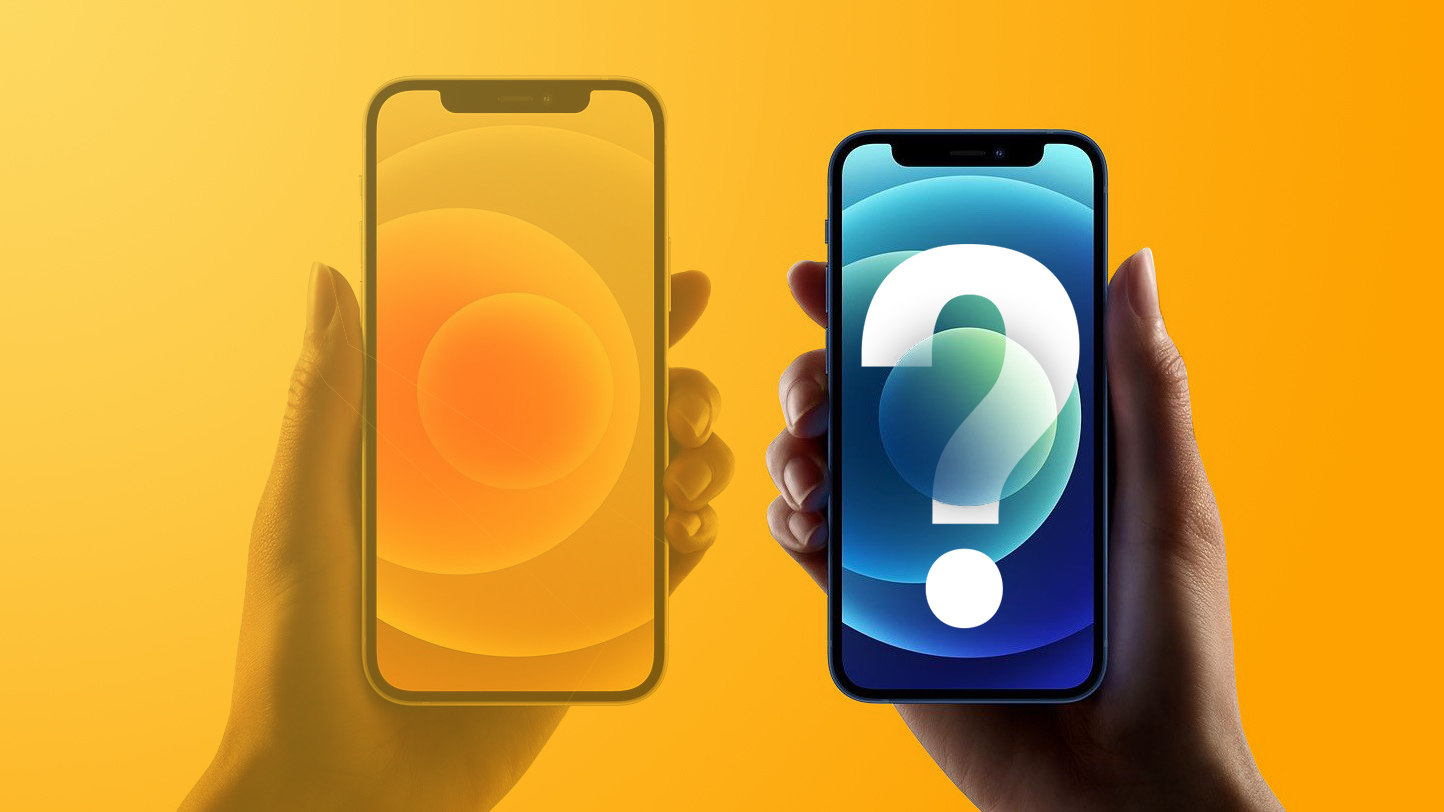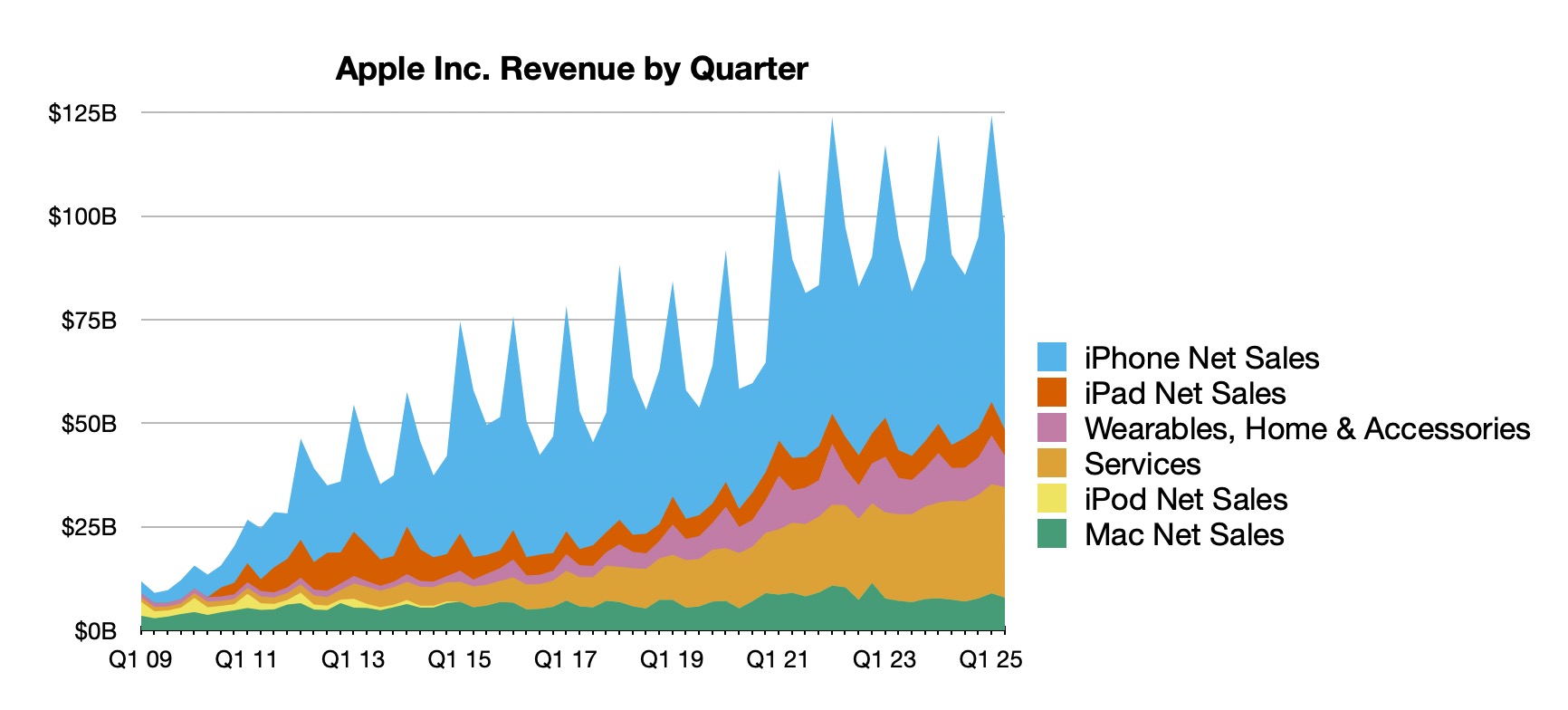There Is No iPhone 15 Mini: Here’s Why

The iPhone 15 lineup noticeably lacks a model with a display size below six inches, just two years after Apple extolled the virtues of a 5.4-inch device. So why did Apple eliminate the “mini” device that some iPhone customers had come to love?
Apple debuted the iPhone 12 mini in 2020 following years of calls from iPhone fans for the company to offer a small-screen device with the latest features. When Apple did so, it was assumed that the small form factor would persist for several years, but the device came to a seemingly premature end upon the release of the iPhone 14 lineup in 2022. Upon the release of the iPhone 15 lineup, Apple retired the last remaining device with the “mini” form factor.
Concerns first arose when the iPhone 12 mini appeared to not be selling as well as Apple had hoped, making up just six percent of iPhone 12 sales in the U.S. in October and November 2020, according to data gathered by Consumer Intelligence Research Partners (CIRP). Counterpoint Research reported that the iPhone 12 mini accounted for only five percent of all iPhone 12 sales in the U.S. in the first half of January 2021.
Morgan Stanley believed that Apple chose to cut production of the iPhone 12 mini by two million units to create more manufacturing capacity for the more popular iPhone 12 Pro. This was mirrored by a Taiwanese report, citing supply chain sources, which said that strong demand for iPhone 12 Pro models in China led Apple to increase its supply of the more expensive devices.
Most strikingly, JP Morgan Chase claimed that Apple outright halted iPhone 12 mini production in the second quarter of 2021. While the sales reports for the iPhone 12 mini did not bode well for the iPhone 13 mini, Apple plans its iPhone production and supply chain operations well in advance of launch, meaning that the iPhone 13 mini was already well on the way to production by the time the issues with the iPhone 12 mini’s sales were clear.
In April 2022, CIRP released more data suggesting that the iPhone 13 mini accounted for just 3 percent of iPhone 13 sales – half that of the iPhone 12 mini. These continued poor sales were likely the main reason behind the demise of the “mini” form factor iPhone.
With the iPhone 14 lineup, Apple opted to replace the “mini” device with an all-new “Plus” device that matched the 6.7-inch display size of its high-end “Pro Max” models. In some respects, the “Plus” mirrors the “mini,” offering the latest iPhone’s features in a different display size. Instead of offering a lightweight small-screen option, customers can now choose an even bigger battery and 6.7-inch display – the same size that “Pro Max” customers have been used to for over five years, now at a price of $1,199 – but at a much more accessible $899 price point.
Less than a week after the launch of the iPhone 14, Apple analyst Ming-Chi Kuo said that demand for the two devices was “lackluster,” with worse pre-order results than the third-generation iPhone SE and the iPhone 13 mini. He went as far as to claim that “Apple’s product segmentation strategy for standard models fails this year” and Apple was believed to have shelved plans to increase production of the two devices. Display analyst Ross Young said panel orders for the iPhone 14 were down 38 percent versus the iPhone 13 at the same time last year, while in the resale market, the iPhone 14 and iPhone 14 Plus lost their value twice as fast as the iPhone 13 mini and iPhone 13 from the previous year.
Other reports from the likes of DigiTimes overwhelmingly presented the same picture of low iPhone 14 Plus sales, to the extent that Apple was forced to slash production, suggesting that the low sales of the iPhone 12 mini and iPhone 13 mini may not have been caused by the device’s size after all. Whether the iPhone 15 Plus will fare better is yet to be seen.
There are no plans to revive the iPhone’s “mini” form factor in Apple’s pipeline, according to rumors. The smallest iPhones in the works, such as next year’s iPhone 16 and the fourth-generation iPhone SE, are expected to feature 6.1-inch displays. On the contrary, some future devices, such as the iPhone 16 Pro and iPhone 16 Pro Max, are expected to grow even larger, increasing to 6.3- and 6.9-inches, respectively.
This article, “There Is No iPhone 15 Mini: Here’s Why” first appeared on MacRumors.com
Discuss this article in our forums




